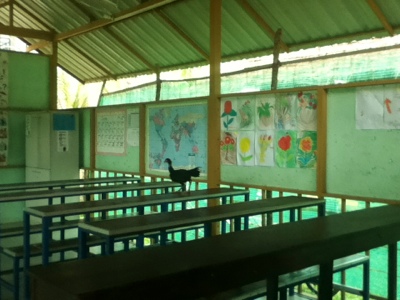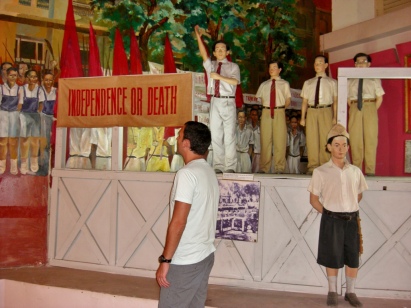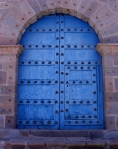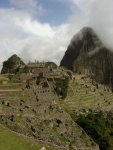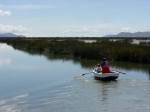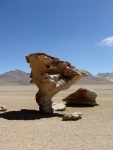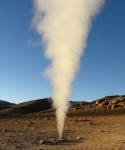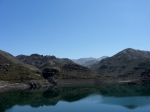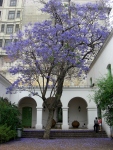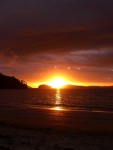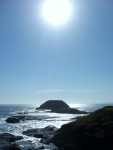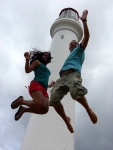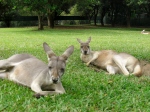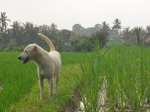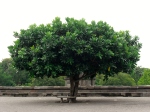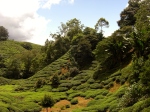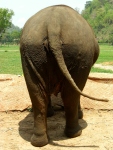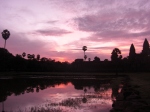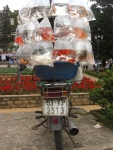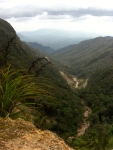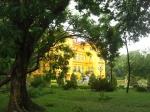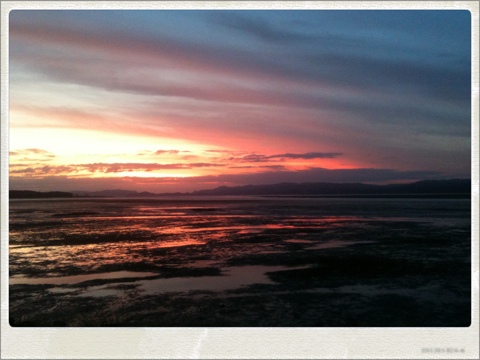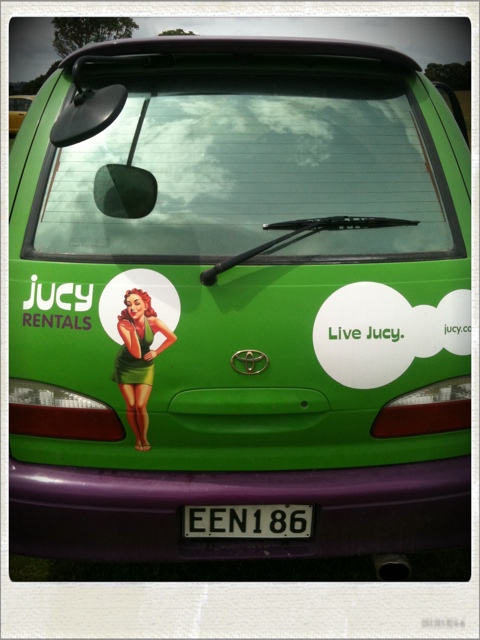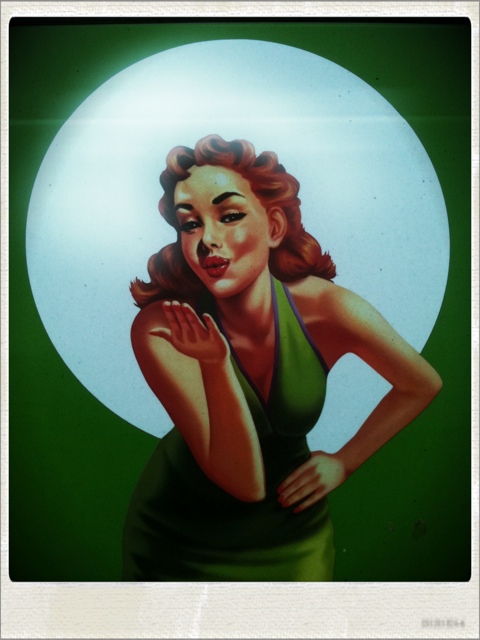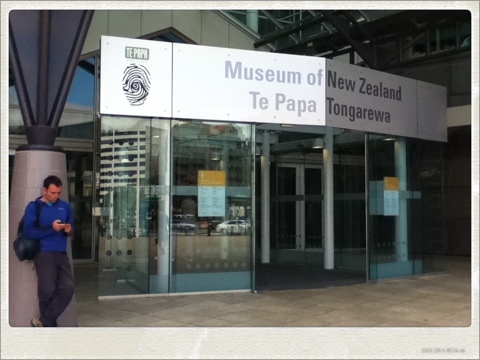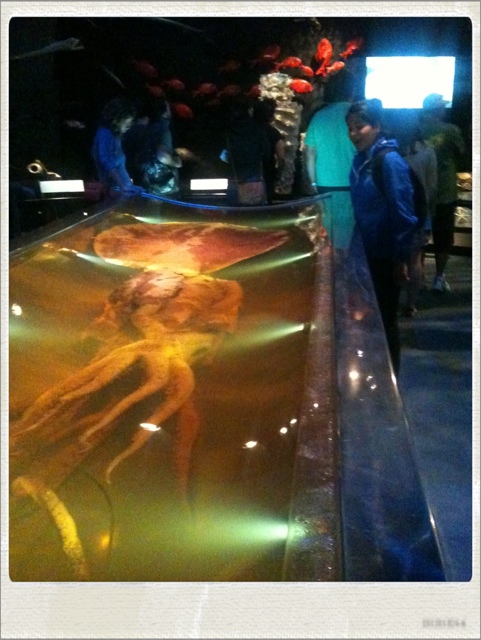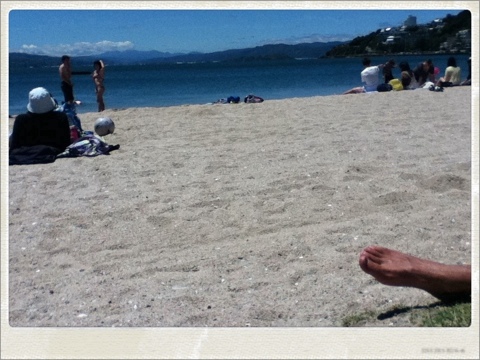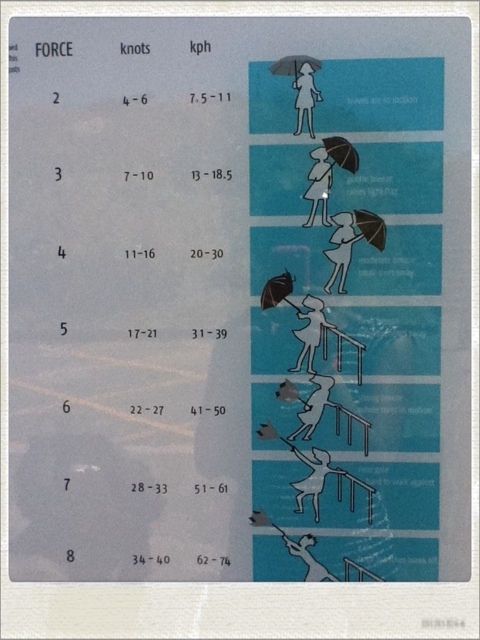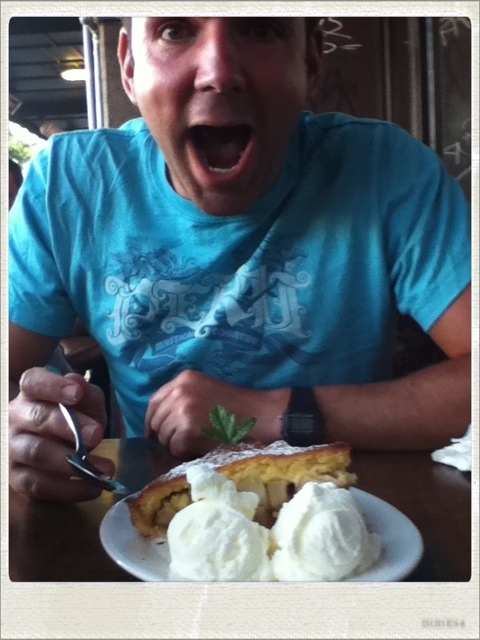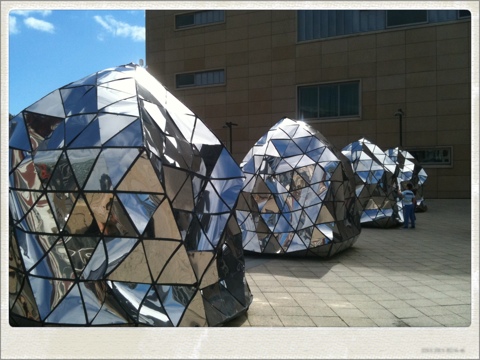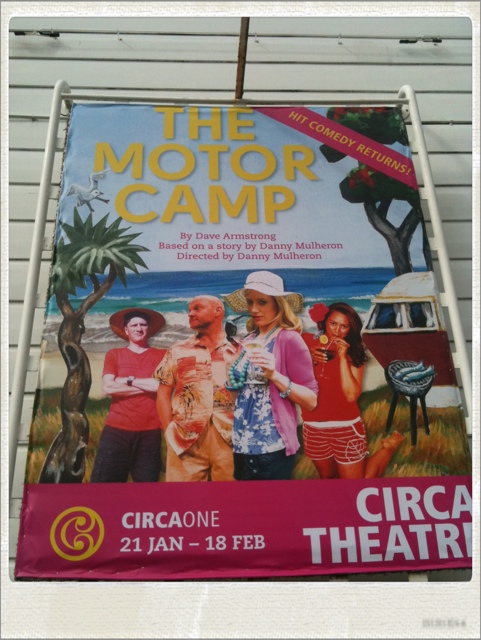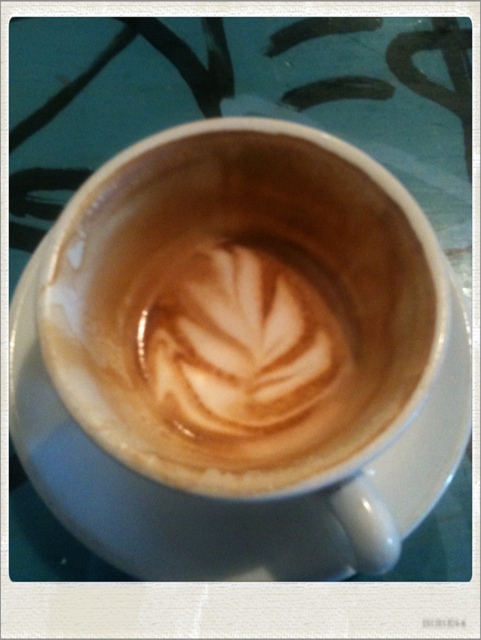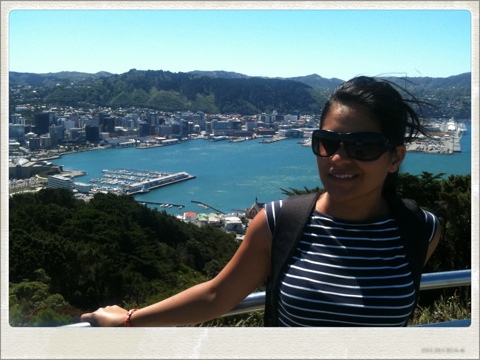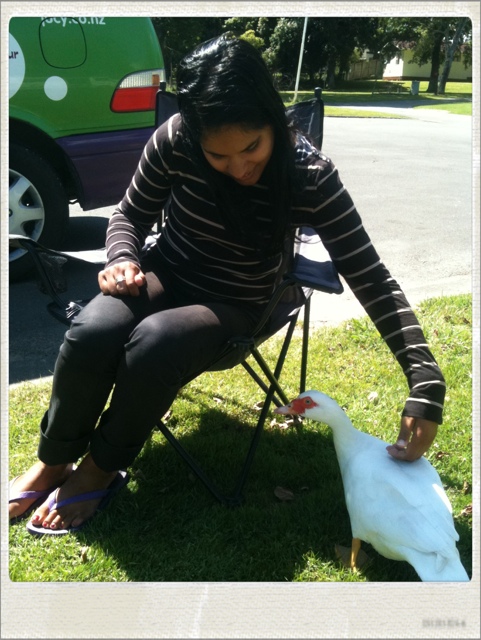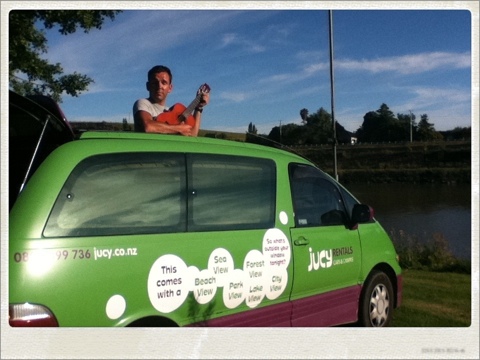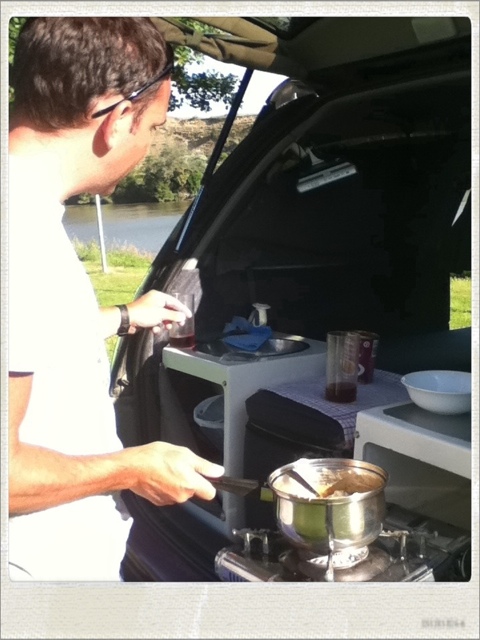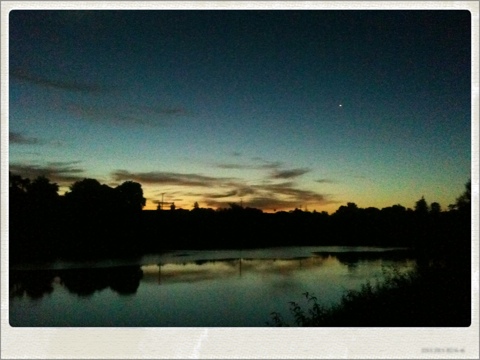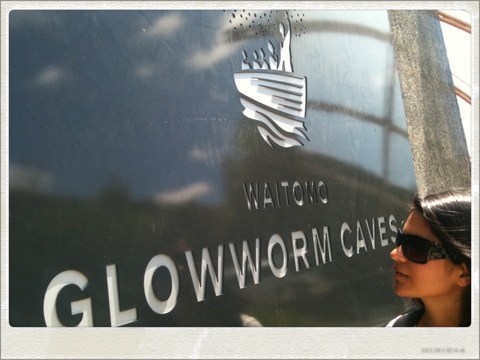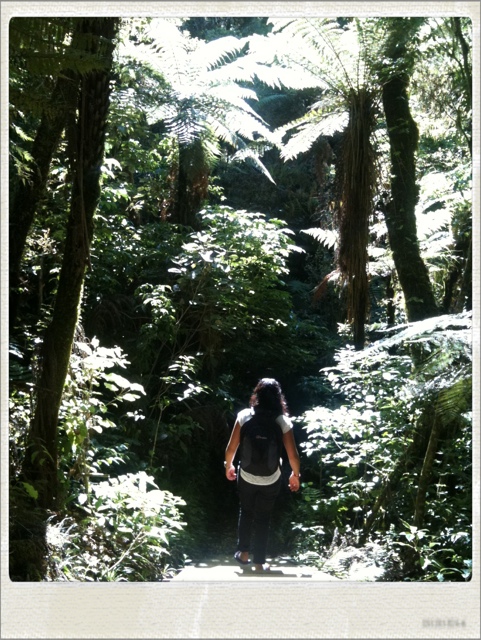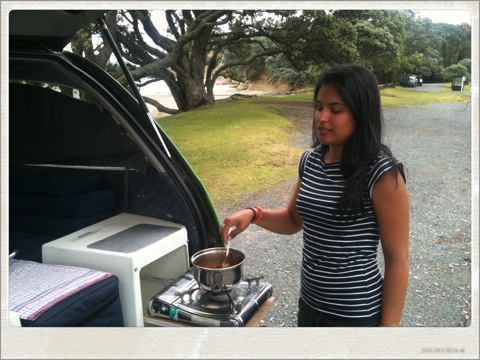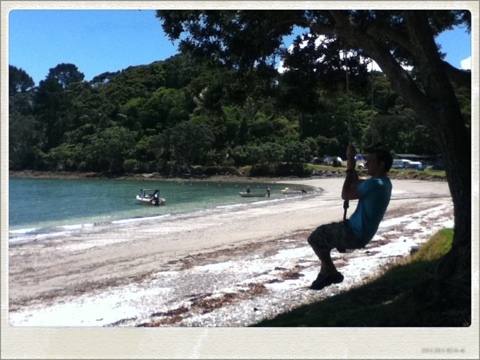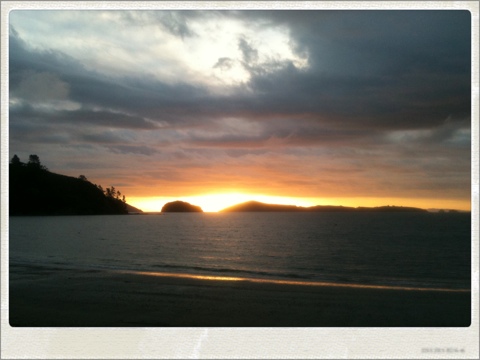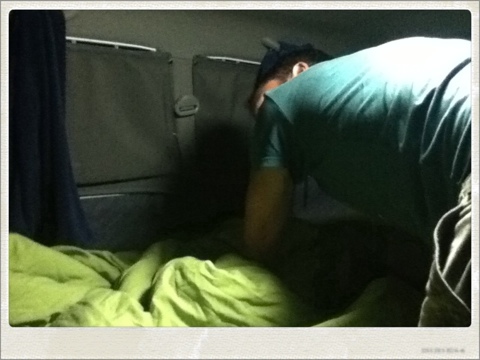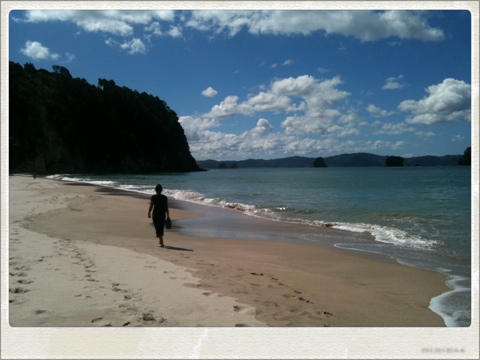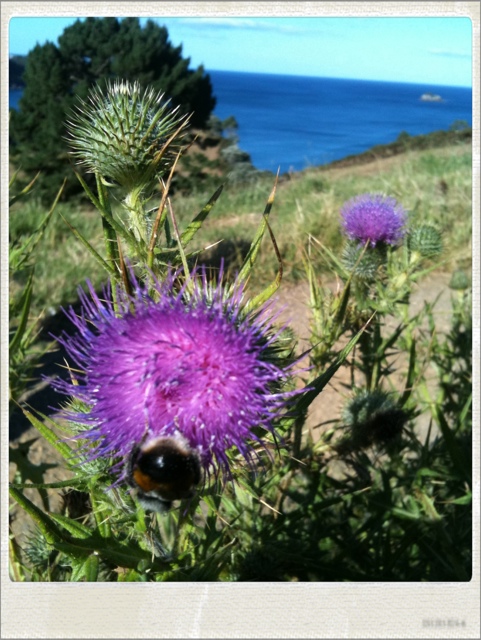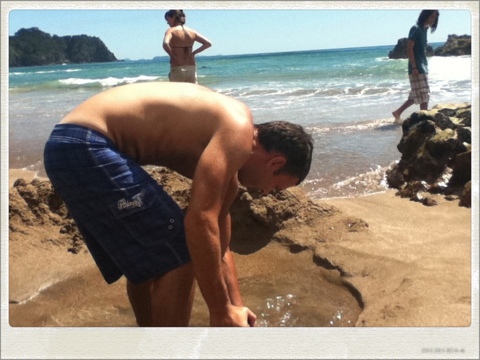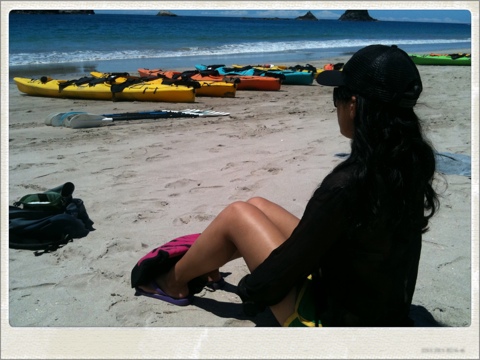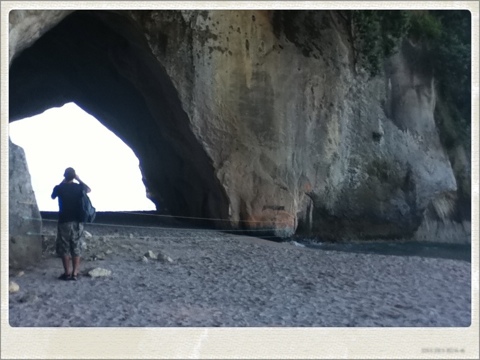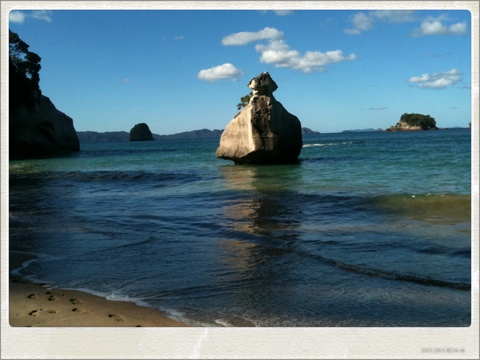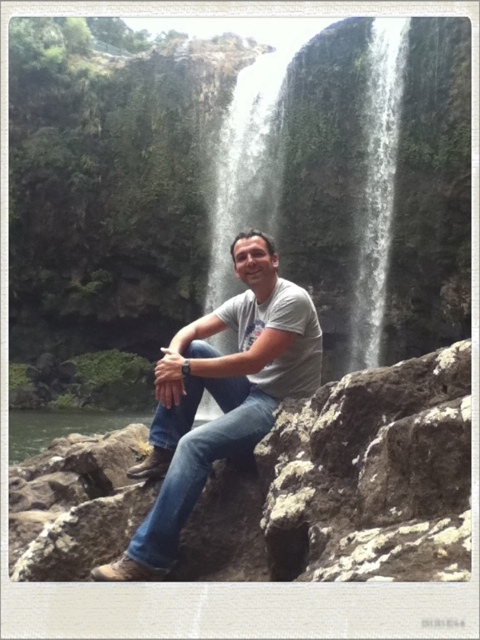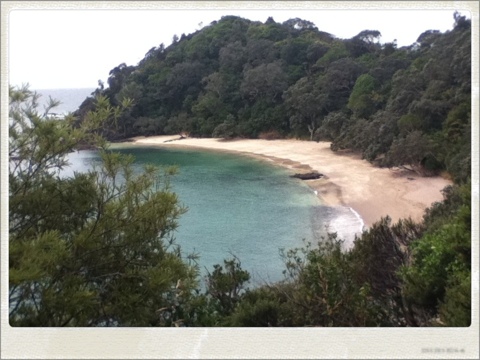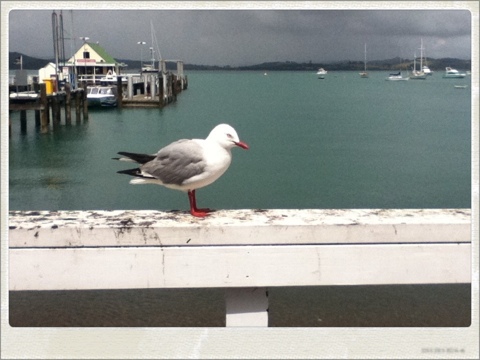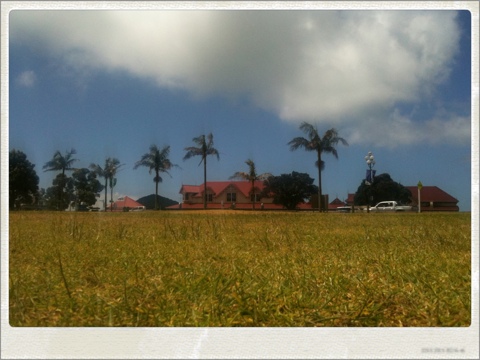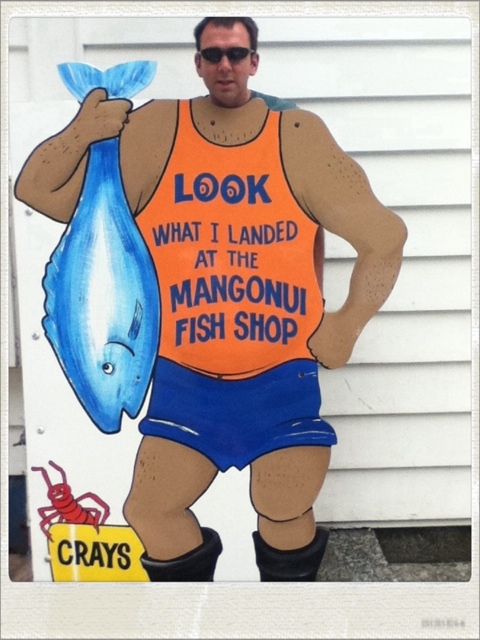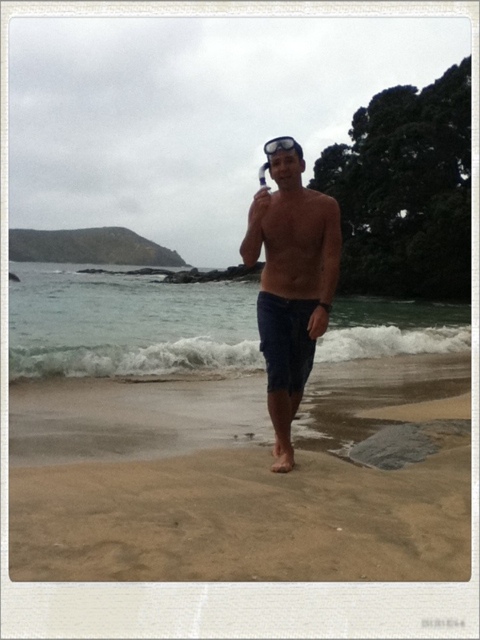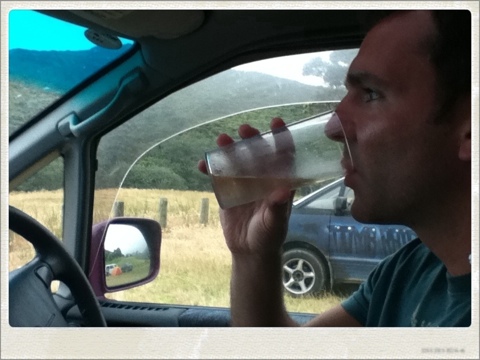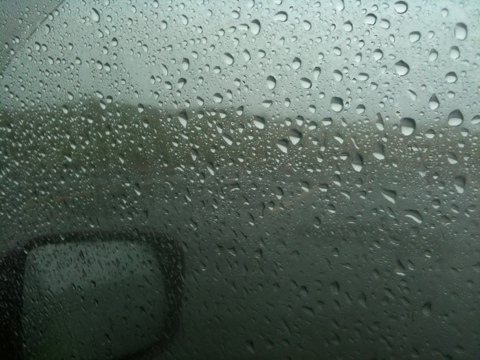


The South Pacific. The phrase often evokes blissful images for cold souls in the Northern Hemisphere. Limitless vistas of azure skies, verdant vegetation and bone-white beaches dominate the mind. Tales of shipwrecks, mutinies and cannibalism excite the imagination and only add to pull of the place.
Our three months in the region, like our time in South America, was not spent mapping every inch, traversing every mountain range nor combing every beach. It consisted, in the end, of four weeks on New Zealand’s North Island, three and a half weeks in Fiji, and four and a half weeks heading north from Melbourne up Australia’s east coast. But our time there was long enough and varied enough to forge strong impressions of the area, an area which for many in colder climes has become something of a modern day Promised Land.
We will start with what made the greatest impact upon us: New Zealand. In its favour was certainly the fact that South America had preceded it, that what had been a tough and challenging adventure dissolved quickly into an easy-going English-speaking home from home. But even if we had gone straight from London to Auckland the overall effect would have been the same. Quite simply, New Zealand was amazing.
That New Zealand was amazing came as a surprise to us. So much is spoken about Australia that New Zealand is invariably and unfairly overlooked. To us, it seems to be a land constructed by a Deity who, upon scrutinising the Earth cradled in the palm of his hand, has plucked from its crust his favourite parts, fusing them together to form New Zealand’s unrivalled topography. The effect is incaptivating: massy mountains soar, glassy rivers roar and beaches and coastlines glitter with the incandescent light of the southern sun.
It is also a land which appears to have been created solely as a playground for backpacking, camper vanning adventurers. Its size – not as small as you perhaps would first surmise – is perfectly suited to the rhythms and syncopated beats of the nomadic spirit; and its towns and cities are of such a size that they neither overwhelm nor dull the greedy senses of the traveller. Its people, too, seem to exhibit just the right balance of character: an air of relaxed openness, easy approachability and steady guidance. Never before had we met a friendlier bunch.
Aside from New Zealand stealing the show, one theme which dominated our time in the Pacific has to be that of internet access. This may strike the reader as a mere trifle. But free and easy access to the World Wide Web is quickly become something of an inalienable right in the 21st century. And it is a right which is defended with passion by the travelling masses. Fiji can be excused at this point from any further scrutiny. Even on some of the most remote islands the internet was made available – via satellite – for a small nominal fee. In the Yasawas, where mains electricity and a fresh water supply still remains an ambition, the Fijians should even be applauded. But in Australia and New Zealand the situation is no less than scandalous.
In both these countries the situation was very often the same. Access to the internet came at a price, and even then surfing was slow, patchy, unreliable, and often limited in terms of time or data. It is rather embarrassing that only an oversized clown with orange hair and yellow dungarees had the wherewithal to provide ‘free Wi-Fi’ to much of the antipodean population. We are ashamed to admit that never before had we dined on so many Fish Fillets, Chicken Burgers and Cheese Quarter Pounders. These were the sacrifices that were made in order to keep the blog running.
To put Australia and New Zealand’s crime into perspective, we had free Wi-Fi access in the middle of San Pedro de Atacama. Yes, that’s the small town in Chile situated in the driest desert in the world. We have also had free and easy internet usage in Brazil, Peru, Bolivia, Argentina, Bali, Java, Singapore, Borneo, Malaysia and Thailand. What’s going on? This is surely a case for the investigative powers of John Pilger.
Once again, food was a theme which left a big impression on us. Fiji was a touch disappointing, proffering rather bland root vegetables and tasteless fish and meats; even the home-cooking of the more rustic retreats failed to provide in freshness what they lacked in variety. It was strange that, on islands which had fruit literally falling from the trees, life-affirming juices were in scant supply. Still, between us there was only a single episode of food poisoning. Happy days.
Australia had promised much with its legendary fusion of Western and Asian flavours, but it was probably undone by the crushing relationship between the British pound and the Aussie dollar. Although we gave ourselves double the budget of South America and triple the budget of Southeast Asia, many of the more salubrious eateries were simply out of our reach. And even when we could have invoked our Emergency Treats Fund (ETF), we simply refused to pay 25GBP for fish and chips. We may not have jobs, but we’ve still got principles.
But perhaps most tellingly, Australia was undone by New Zealand. In almost every conceivable example of gastronomy New Zealand excelled. It wasn’t just in the fabulous Michelen-starred style meal we had in Martinborough, accompanied by fabulous wine and surrounded by sun-soaked vineyards; it wasn’t just in twice or thrice weekly restaurant treats where we experienced the best-ever nachos, the greatest gourmet burgers, the most fabulous calamari and the world’s finest example of apple pie and ice cream; and it wasn’t just in the frankly phenomenal cafes – particularly in Wellington – where we devoured unparalleled pumpkin pie, sublime chocolate and cherry cake, marvellous muffins and first-rate flat whites. What brought home to us the glory of New Zealand’s larder was in the everyday sweets and snacks that punctuated our travel. Take a bow Pam’s Burger Hoops, soak up the applause Whittaker’s 72% Dark Ghana Chocolate, and start your lap of honour RJ’s Chocolate & Raspberry Licorice Bullets.
On a more serious note the South Pacific, like South America, is a region where the echoes of indigenous cultures still reverberate. We are no experts on this subject, and visitors can often be blind to what is clearly visible to residents; but we can only comment on what we witnessed. And we can only apologise if other people’s experiences are different and our remarks unwittingly cause offence.
Of the three countries Fiji has the largest proportion of indigenous people, especially in the Yasawa Islands where a great deal is being done to preserve Fijian traditions and culture. On the mainland there is a greater presence of Indo-Fijians, which is a legacy of Britain’s policy at the end of the nineteenth century of sending indentured labourers from India. There has been and there still exists tensions between these two groups but some sort of fragile harmony seems to have been established.
New Zealand’s attitude to the Maori people, its culture and its traditions, is without doubt the most progressive and enlightened that we’ve experienced on our travels. Everywhere we went in New Zealand we were exposed to the Maori way of life, its history, its people, its traditions and its culture. Whether of European or Maori descent, the vast majority of people seemed to take great pride in this vital element of the country’s history. The Te Papa Museum is probably the greatest example of this. A massive building covering four huge floors, Te Papa is the most modern and most interactive museum we’ve ever had the pleasure of visiting. It houses exhibits on New Zealand’s wildlife and natural habitat, recounts the migration of Europeans to its shores, and showcases Western art and Old World artefacts. But its main purpose is to preserve and promote the rich cultural history of the Maori people. And this is a history of which all New Zealanders seem to feel part. Granted, all is not perfect between Maori communities and other parts of the population; some feel that this minority is unfairly disenfranchised while others believe they have more rights than the majority. But if ever there was an encouraging example that historical enmity can be overcome then New Zealand is surely it.
Sadly, the same cannot be said for Australia. We saw very few aborigines during our time there, and virtually none in any meaningful jobs or positions within society; what little exposure we had to aboriginal museums, galleries or any other forms of cultural representation, we had to work hard to discover; and the Australians we met spoke fleetingly of the past and seemed embarrassed or awkward when discussing the subject. Australia’s was certainly a much more brutal history than that of New Zealand’s, and perhaps the latter has had an opportunity to learn from the former’s mistakes. Whatever the reasons, the difference between the two countries in this regard is glaring.
As way of an example, let us compare New Zealand’s Te Papa with Australia’s Museum of Sydney. On the day we visited the MoS, there hung in different parts of the first floor two paintings by indigenous artist Gordon Syron. Below each were comments by the artist which included stinging criticisms of what he described as the ‘British Invasion’ and the ‘denial’ and delusion’ that has followed ever since. On the very same floor, and occupying considerably more square metres than Syron’s work, was a large exhibition on the history of surfing. This stark and jarring juxtaposition perhaps told us more about Australia than a hundred documentaries ever could.
You may be thinking that we didn’t take to Australia. You are partly right. It had a lot to live up to after we had enjoyed New Zealand so much, and perhaps it would have fared better if we had gone straight from the rollercoaster that was South America. That said, Melbourne was something of a revelation – helped in no small part by the tennis – and without doubt it is a city that would be a joy to live in, especially if that life was in South Yarra. Sydney was sabotaged somewhat by the weather; but again, inhabiting a penthouse overlooking Manly Harbour would be a wonderful way to spend one’s evenings, and the ferry a delightful means of getting to and from the office. Brisbane, too, was of a sufficient size and – dare we say – sophistication to make it more than adequate spot to set up home.
And so we will remember the South Pacific with much fondness. Fiji will always be recollected for the dark times but warm hearts of the undeveloped islands; it will also be remembered as a place where we eventually reached paradise and fell helpless but happy into the ten days that followed. Australia will always be associated with Marvellous Melbourne and nearly-marvellous Murray, as well as a Sydney which eventually yielded and offered up some of its delights; we will also never be able separate the Land of Oz from memories of our road trip up its rough and tough northeast coast, a journey made in a haze of tarmac-melting and hothouse-humid temperatures.
But our hearts will forever remain in New Zealand. And it is a beautiful twist that one of our biggest regrets may well turn out to be one of our greatest joys. For now we have a great excuse to go back and visit the South Island.
‘Richard prayed that his bushtucker trial did not include rats bottoms, cobras bowels or monkeys weeners.’
‘I’m fixing a hole where the rain gets in, to stop my mind from wandering… where it will go.’
‘The food was so bad that I lost 8 stone…’
‘We can dance if we want to, we can leave your friends behind, cause if your friends don’t, and if they don’t dance, then there no friends of mine.’
‘You get a good view of your house from here!’
‘Gary Glitter’s new disguise wasn’t fooling anyone, especially the children…’
‘Richard makes an early return to Shandwick Place.’
‘Strictly Come Dancing kicks-off new season on board the QE2.’
‘Does my bum look big in this.’
‘Richie longs for a Mr Whippy back in the UK.’
‘The annual oxen prostate exam’s a two-man job…’


